Budget-Friendly Home Decorating: Economy, Standard, and Premium Approaches
Decorating a home isn’t only about style—it’s also about working within your budget. One of the biggest misconceptions is that good design requires a massive investment. In reality, any homeowner can achieve a stylish and functional space by understanding priorities and making smart choices. Whether you’re working with a tight budget, a moderate allowance, or aiming for a premium finish, there are proven strategies to create a space that feels like home. This guide breaks down decorating your first home into three tiers—economy, standard, and premium—so you can choose the approach that fits your lifestyle and finances. (Featured image – House Plan 43974. Click here to see more interior photos of house plan 43974.)
Start with the Essentials
No matter your budget, the first step is always the same: focus on the foundational pieces that define a room. These include the sofa in the living room, the bed in the bedroom, and the dining table in the eating area. Once those anchors are in place, everything else can be layered in gradually. The difference between budget levels often comes down to the quality, materials, and design detail of those core items.
Economy: Style on a Shoestring
For those with limited funds, the priority is maximizing impact with minimal spend. Think of it as creating a strong framework that can be upgraded later. Affordable furniture outlets, thrift stores, and online marketplaces provide the basics, while DIY projects and smart shopping add style without high costs.
Instead of buying everything at once, focus on one room at a time. Paint is the most budget-friendly design tool—it refreshes walls, transforms old furniture, and sets a cohesive tone. Rugs, curtains, and throw pillows from big-box stores or discount outlets can add instant character. Look for multipurpose furniture like storage ottomans, futons, or shelving that doubles as display. Finally, use personal touches—family photos, plants, or inexpensive art prints—to make the space uniquely yours.
Standard: Balanced and Comfortable
The standard tier is where many new homeowners land. With a moderate budget, you can prioritize both function and style without overspending. This level allows for investment in durable furniture pieces while still leaving room for decorative accents that make a house feel complete.
Think mid-range retailers, quality area rugs, and a few statement lighting fixtures. Upholstered sofas in performance fabrics balance comfort and durability. Dining tables in solid wood rather than veneer stand up to years of use. This tier also allows you to explore cohesive accessories such as curated wall art, layered lighting, and higher-quality textiles like linen curtains or wool throws. It’s about mixing practicality with personality—selecting timeless investment items alongside trend-forward accents.
Premium: Polished and Long-Lasting
For homeowners with more to spend, decorating becomes less about stretching every dollar and more about long-term investment. Premium design emphasizes craftsmanship, custom options, and unique finishes that elevate the space beyond the basics. The key at this level is to ensure every purchase adds both function and beauty, avoiding unnecessary clutter.
Think custom upholstery, artisan-made rugs, and solid hardwood or stone furniture. Lighting can move beyond function into design statement—chandeliers, designer sconces, or integrated smart lighting systems. Kitchens and bathrooms benefit from upgraded hardware, stone counters, and high-end fixtures. This approach creates a home that not only looks polished but will also stand the test of time with durability and resale appeal.
Stretching Your Budget in Any Tier
Even premium homeowners appreciate savings. In every budget level, timing and resourcefulness matter. Shop end-of-season sales for furniture, use outlet stores for appliances, and check estate sales for unique vintage finds. Prioritize where your dollars matter most: invest in pieces that get daily use, and save on items that can be swapped out with trends. Accessories, wall art, and accent pillows can be changed affordably while core furniture and architectural finishes remain timeless.
Room-by-Room Budget Approaches
Each room in your home benefits from tier-specific choices. In the living room, an economy option might be a basic sectional with washable slipcovers, a standard choice might be a performance fabric sofa from a mid-range brand, and a premium option could be a custom designer piece. In bedrooms, budget-friendly décor includes simple bed frames and ready-made bedding sets, while standard allows for upholstered headboards and coordinated linens, and premium includes luxury mattresses and designer bedding.
Kitchens and dining areas follow similar logic. Budget choices may lean on painted cabinets or stock tables, mid-range options include solid wood tables and upgraded light fixtures, while premium choices highlight custom cabinetry, stone countertops, and heirloom dining sets. Each approach can be successful—the difference lies in longevity, detail, and overall finish.
Final Thoughts
Decorating your first home without an interior designer is completely achievable at any budget. Economy decorating proves that style doesn’t have to be expensive. Standard decorating balances practicality and charm with mid-range quality and timeless choices. Premium decorating delivers longevity, craftsmanship, and high-end finishes for those ready to invest more. Whichever tier you choose, the secret is consistency—stick to your color palette, prioritize function, and layer personal touches. The result will always be a home that reflects who you are and how you live.
👉 Looking for the perfect starting point? Explore our house plan collection to find designs that suit your lifestyle and budget before you start decorating.

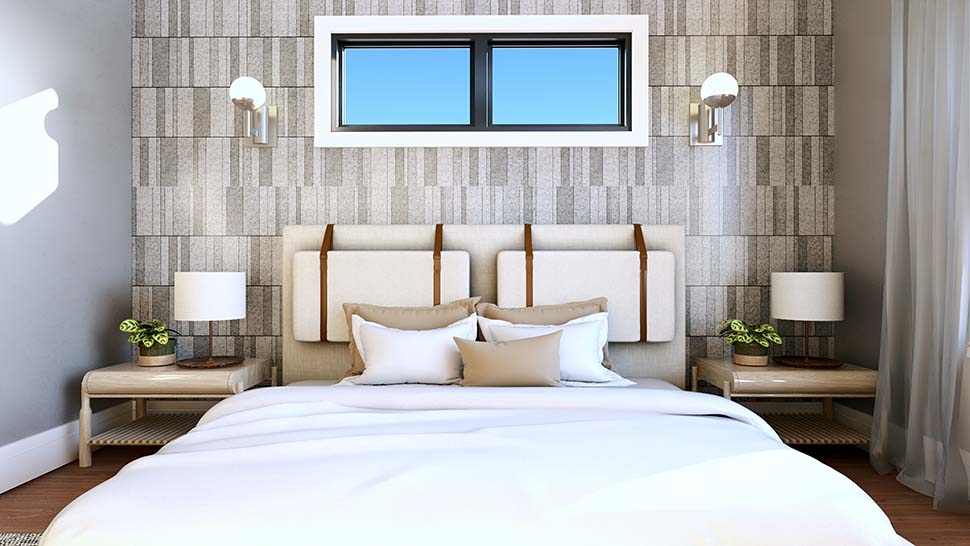
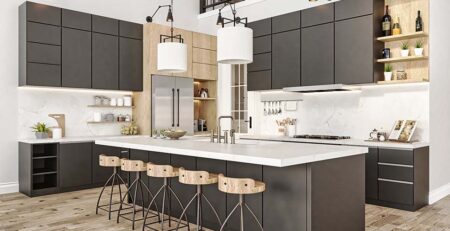
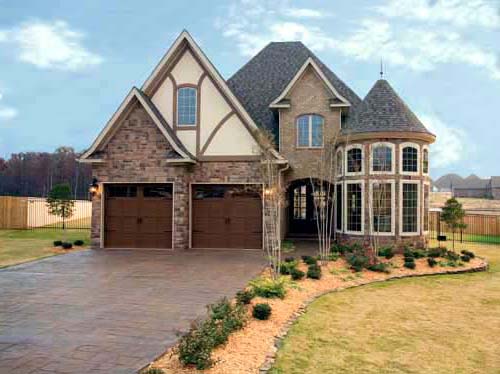

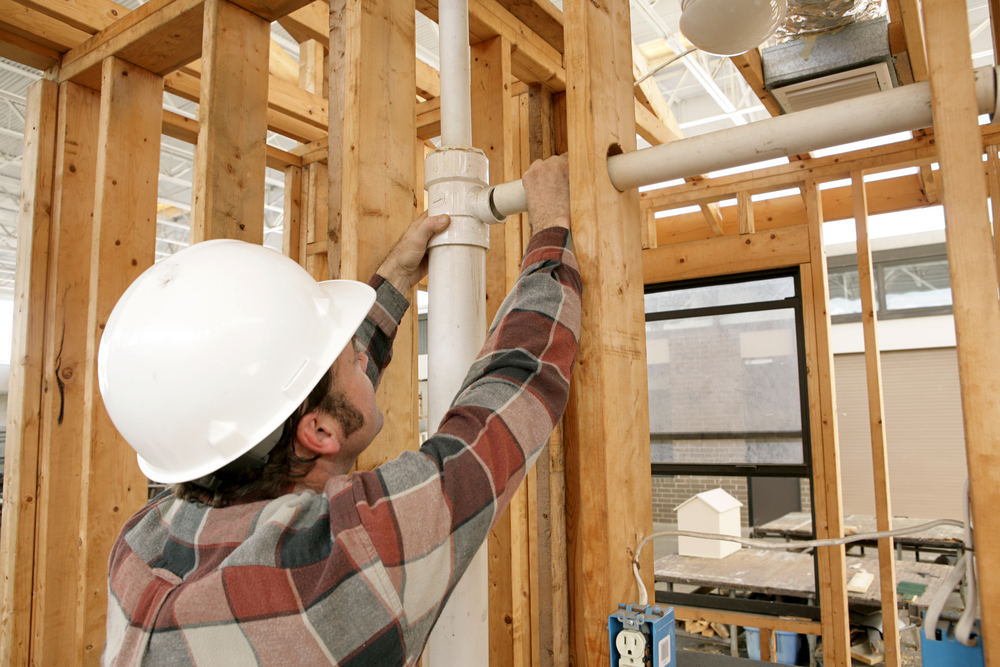

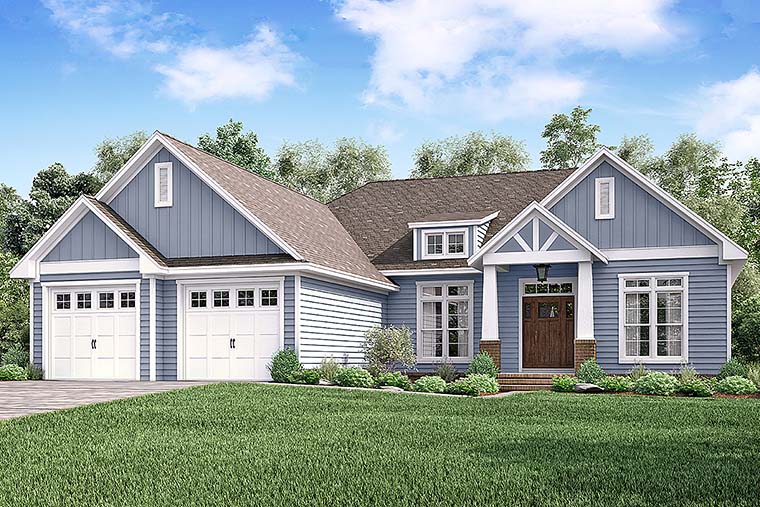

Leave a Reply